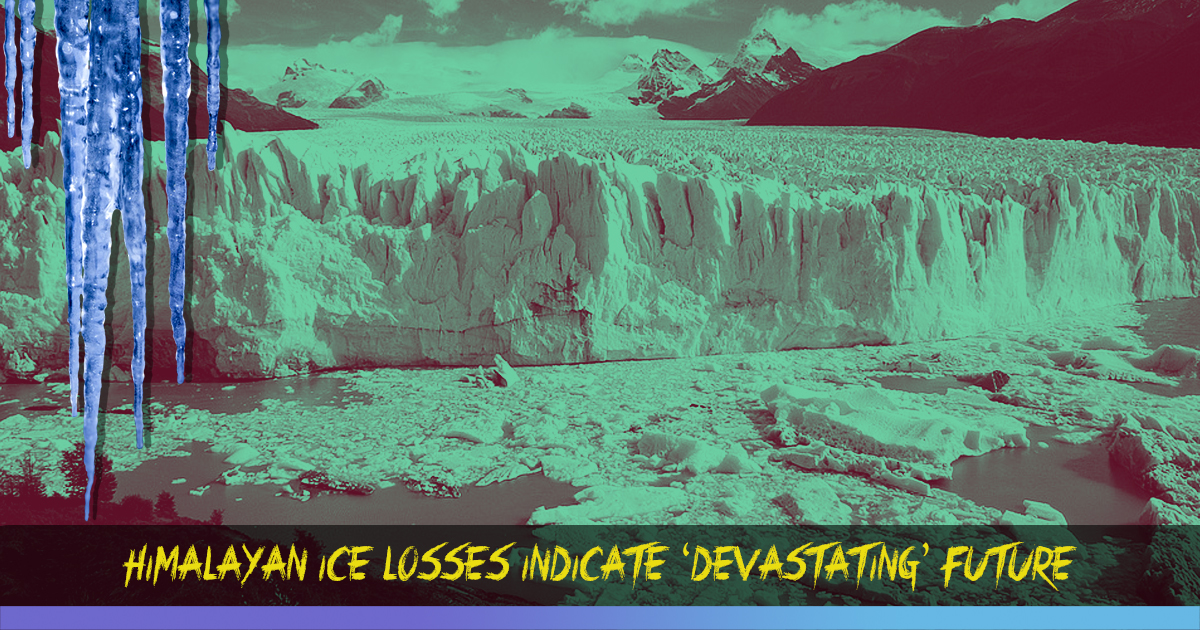The Himalayan glaciers are melting twice as fast since the start of the century, revealed a study published on June 19. The research published in the journal Science Advances reports that more than a quarter of all is lost over the last forty years.
For the study, scientists used the images of Himalayan glaciers captured since mid-1970 from the declassified US spy satellite images used during the Cold-War era and compared it with recent photos captured by spacecraft observations.
The analysis found that around 8 billion tonnes of ice are being lost every year since 2000. The group of scientists noted that the 2000 km mountain chain lost ice at an average of 4bn tonnes of ice between 1975 and 2000.
Joshua Maurer, who led the study, said, “This is the clearest picture yet of how fast Himalayan glaciers are melting since 1975, and why.”
The study also revealed that the lower level glaciers are shrinking in height by 5 meters annually. However, scientists have asserted that the melting rate is not uniform and depends on various factors. Change in rainfall in the region along with soot deposited from industrial pollutants have fastened the melting process. The Columbia University which conducted the study blames global warming caused by the burning of fossil fuels, the main reason behind this adversity.
Prof Joerg Schaer from the Columbia University who was a part of the study said, “ It looks devastating, and there is no doubt in my mind, not a single grain of doubt, that [the impact of the climate crisis] is what we are seeing”.
The study comes in the backdrop of several reports of glacier degradation in the north and south pole of the world, bringing a harsh reality about climate change. Scientists worry that unlike fast melting of glaciers in the North and South pole, the meltdown in Himalayan glaciers will have a direct consequence to 800 million people in the continent of Asia. Countries like Pakistan, India, China, and several others which rely on rivers emerging from Himalayan glaciers will bear the brunt of the quick meltdown of these 650 glaciers.
The researchers say in the short-term, the rapid meltdown will cause a severe flood in the nearby countries. However, in the long run, people depending on glacier meltwater during drought years will face extreme difficulties.
Another study conducted in February revealed that at least a third of the ice in the Hindu Kush-Himalaya ranges would melt by the end of the century no matter what we do. The study further suggested, if no action to cut emissions was taken, then two-thirds of the ice will melt.











